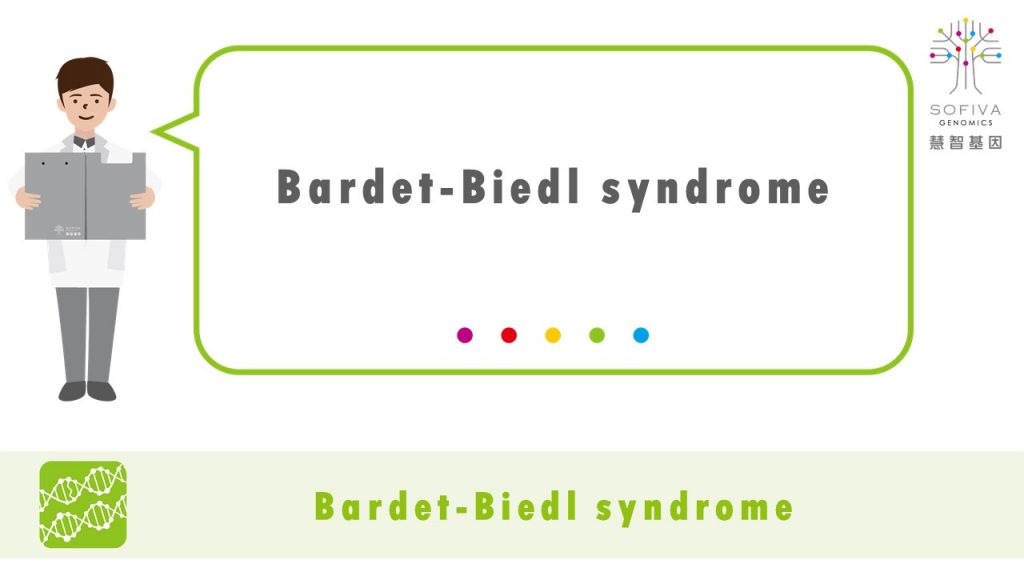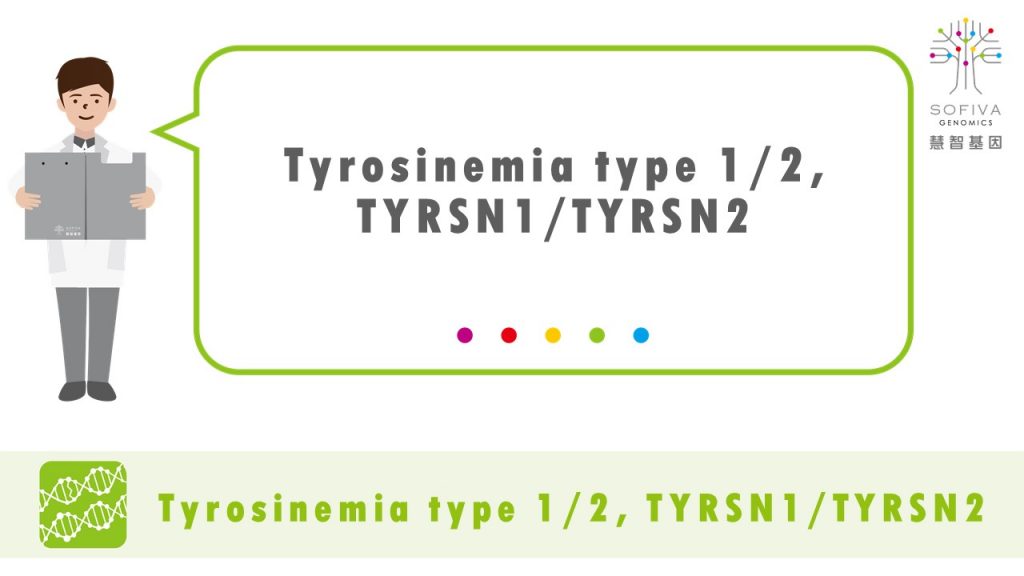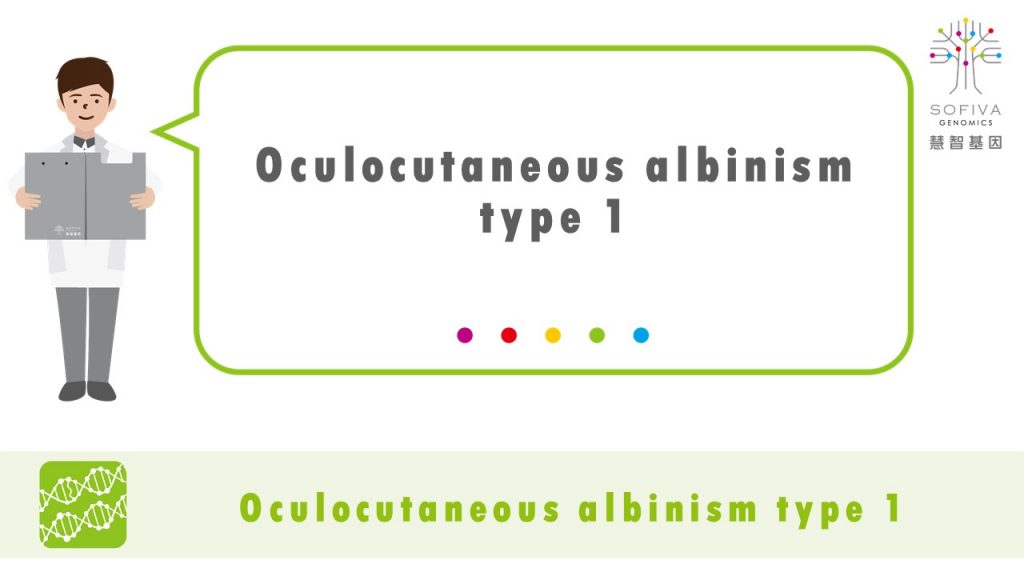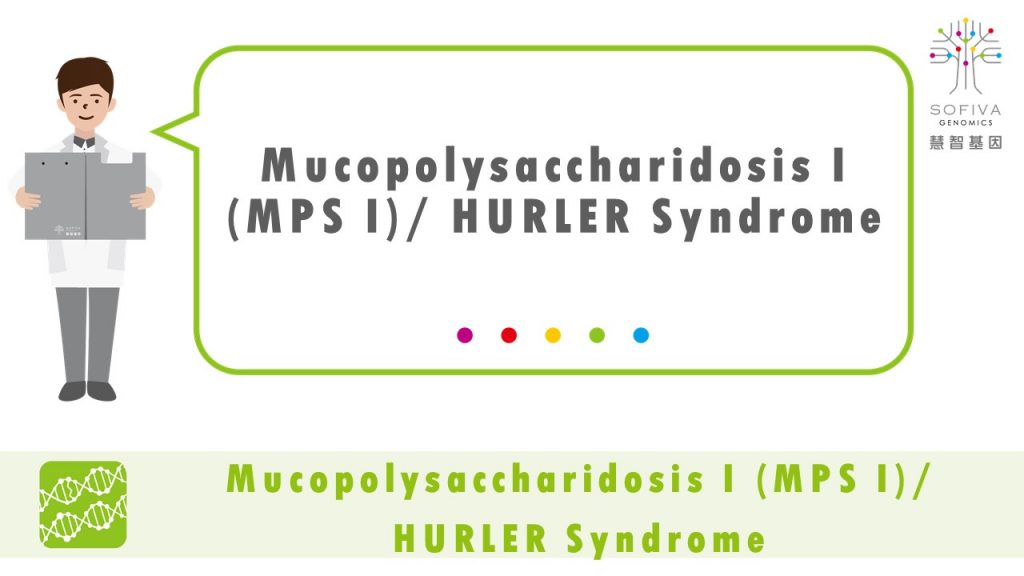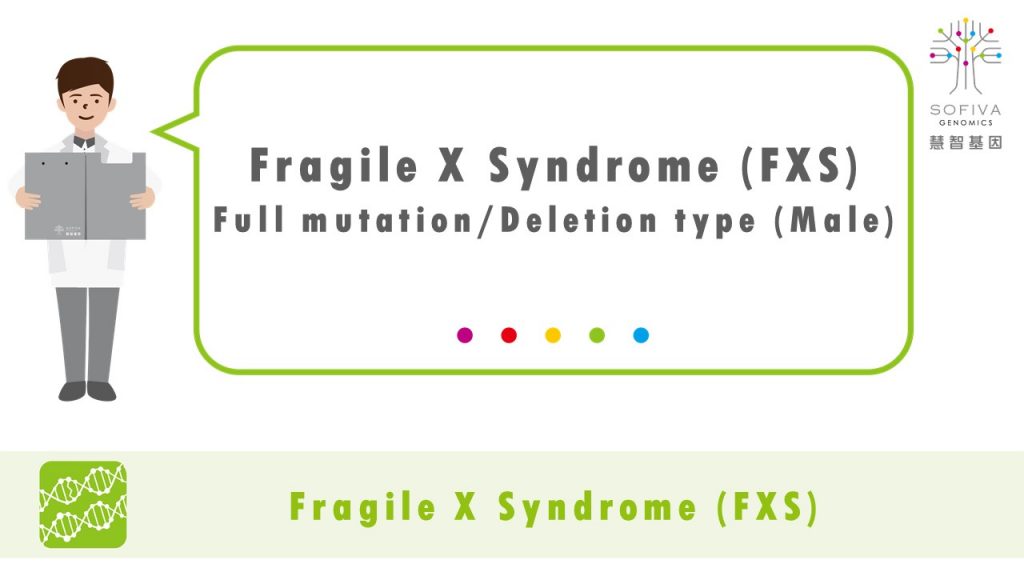Disorder description
Bardet-Biedl syndrome (BBS) is mostly caused by mutations in BBS-related genes. There are at least 26 different types of Bardet-Biedl syndrome, which can be distinguished by their signs and symptoms and genetic cause. About 23% of patients with BBS are type 1 and the cause of the disease is the mutation of the BBS1 gene on chromosome 11. Another 14~15% of patients are caused by mutations in BBS10 gene on chromosome 12. About 10% of patients with BBS are type 2 and the cause of the disease is the mutation of the BBS2 gene on chromosome 16. About 6% of patients with BBS are type 12 and the cause of the disease is the mutation of the BBS12 gene on chromosome 4.
Mutations in BBS-related genes lead to abnormalities in the protein that synthesizes the cell structure of primary cilia, which are involved in different chemical signal pathways. Defects in these cell structures, sensory perception like vision and smell will be affected.
Carrier rate
The carrier rate of BBS1 gene is about 0.125%; the carrier rate of BBS2 gene is about 0.04%; the carrier rate of BBS10 gene is about 0.1%; the carrier rate of BBS12 gene is about 0.025%.
Inheritance
The BBS1 gene is autosomal recessive or polygenic recessive inheritance pattern. BBS2, BBS10, and BBS12 genes are autosomal recessive inheritance pattern.
- Autosomal recessive inheritance pattern which means both copies of a BBS gene in each cell have mutations. The parents of an individual with an autosomal recessive condition each carry one copy of the mutated gene, but they typically do not show signs and symptoms of that disease. But the next generation has 25% chance of inheriting the abnormal gene from both parents and developing the disease.
- Polygenic recessive inheritance pattern which means clinical symptoms are caused by mutations in two or more BBS-related genes. If the next generation inherits the same gene mutations from both parents, clinical symptoms will appear with the mutation of another BBS-related gene.
Clinical characteristics
The symptoms vary among affected individuals, even among members of the same family. Most patients may develop retinopathy in childhood, eventually leading to vision loss, and may also develop obesity and related diseases (such as type 2 diabetes, hypertension, etc.). Other clinical symptoms include polydactyly, intellectual or learning disabilities, genital abnormalities or gonadal degeneration, loss of smell, chronic kidney disease, nervous system abnormalities, and dental problems.
Recommendations
Clinical medicine and genetic counseling by professionals is recommended.
Spouses may consider the genetic testing for BBS-related genes.
References
- National Institutes of Health
- GeneReviews®

